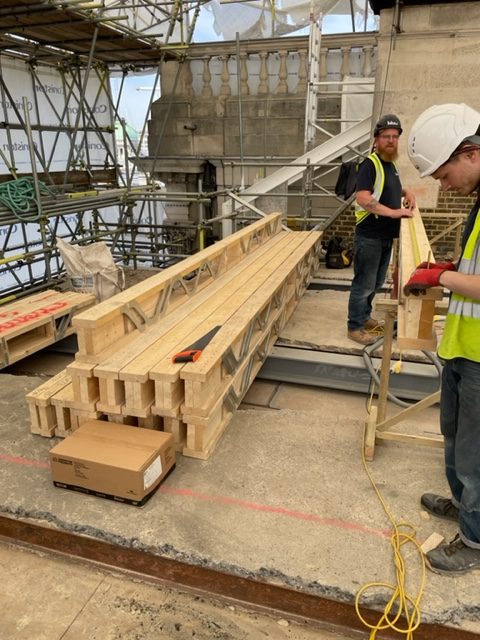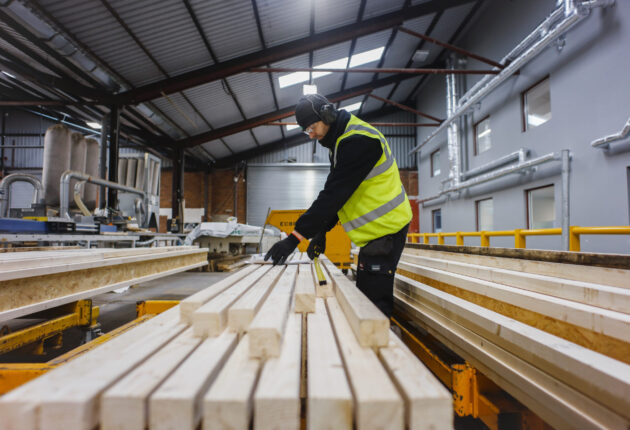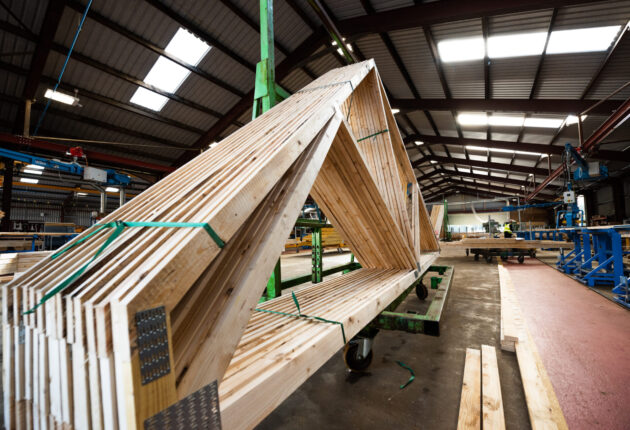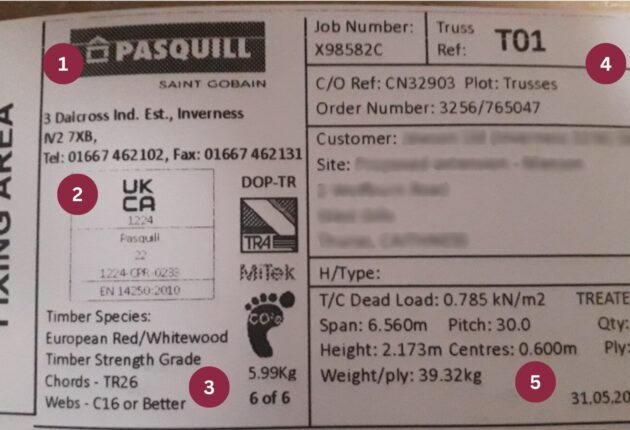Considering Offsite Construction

Offsite construction is becoming an increasingly sought-after solution due to its many benefits and efficiencies. Also recognised as modern methods of construction (MMC) and prefabrication, many projects are currently being built offsite and transported to their location.
But what exactly are the benefits of offsite modular construction and why is it becoming so popular? Find out the answer to all your questions below.
What are modern methods of construction?
Modern methods of construction can be defined as a construction project which takes place at a different location to the area in which it is set to be permanently installed. The construction is then finalised onsite. In most cases, the offsite modular construction involves planning, design, fabrication and assembly taking place in purpose-built offsite factories.
Offsite construction is typically well suited to projects that are high volume with repetitive components, or applications where factory conditions are needed in order to achieve best quality. Because of this, this form of construction is ideal for housing projects.
Why is MMC becoming so popular?
MMC is becoming increasingly popular due to the current issues being faced within the construction industry. This includes tighter build programmes, higher costs and skill shortages.
These challenges are discussed in the government’s ‘Construction 2025’ strategy. The document highlights that in order to combat the current issues within the construction industry, developers should aim to build quicker, cheaper and more efficiently. MMC is identified by many as a solution which can facilitate this.
Types of offsite construction solutions
Managing your construction project offsite can support multiple scenarios. Examples include:
Volumetric/Modular – With this type of construction, whole parts or sections of the building are built offsite and later transported to the permanent site. Once the construction is delivered to the site, minor finishing works may be completed, such as wall finishes, joining mechanical and electrical (M&E), and completing roofing joints between each module. This type of construction makes the installation extremely time-efficient, however, there are limitations on size and design due to restrictions with transportation.
Structural insulated panels (SIPs) – These are high performing building systems for both residential and commercial construction. The panels are made up of a thermal insulation core which is positioned between two structural facings, which are typically oriented strand board (OSB).
This type of offsite fabrication allows the weatherproof building shell to be completed just a few days after the ground works are ready.
Panelised systems – This involves the construction of components which can be flat-packed. For example, parts of walls, ceilings and roofs can be constructed offsite in a factory and delivered to your site for assembly.
Pre-engineered M&E Services – It is possible for entire plant rooms to be constructed offsite and installed as a completed unit onsite, which allows less construction time on site.
Pre-assembled Components – With this method, materials that can be installed individually on-site are pre pre-assembled in a factory in order to form a larger scale unit. Once again, this technique makes the overall installation quicker.
What are the benefits of offsite construction solutions?
Offsite construction solutions can bring a host of benefits to projects of different types. The main benefits include:
- Less labour and costs – In most cases, offsite factory work does not require significant labour. Thus, less workers are needed and costs can be reduced.
- Speed – As the work is conducted in a controlled environment such as a factory, factors like bad weather don’t have a significant impact on the progress of the construction.
- Safety – The working conditions will once again be more controlled in an offsite location than on an outside working site. There can be stricter safety measures in place in an offsite facility. Plus, safety concerns such as falling from height are not as much of an issue in factories.
- Sustainability – Less heavy machinery and energy is used during offsite construction in comparison to onsite work, while waste can be managed and reduced more effectively. Additionally, transporting the finished components to the site doesn’t typically require many vehicles, reducing fuel emissions as a result.
- Reduced disruption – Onsite work can cause serious disruption to those located around the area. From air and noise pollution to heavy traffic, construction work can quickly become a nuisance to those living and working close by. Offsite construction can help to reduce disruption by allowing the majority of the work to be completed at another site.
How does offsite construction reduce waste?
One of the key benefits of offsite construction is the positive impact that it has on the environment. Offsite construction solutions help to reduce waste as the prefabrication process involves assembling materials offsite, which means that older materials can be reused and recycled, plus extra unused materials can be saved for the next project. This saves materials which would have otherwise been sent to landfill. It also decreases the amount of packaging which is thrown away onsite.
According to research, offsite construction could cut greenhouse gas emissions by between 17% – 30%. This is primarily due to the reduced reliance on heavy machinery and transport.
For more information on offsite construction solutions, get in touch with the experts at Pasquill today, or explore our Housebuilder Insights series to find out more.




